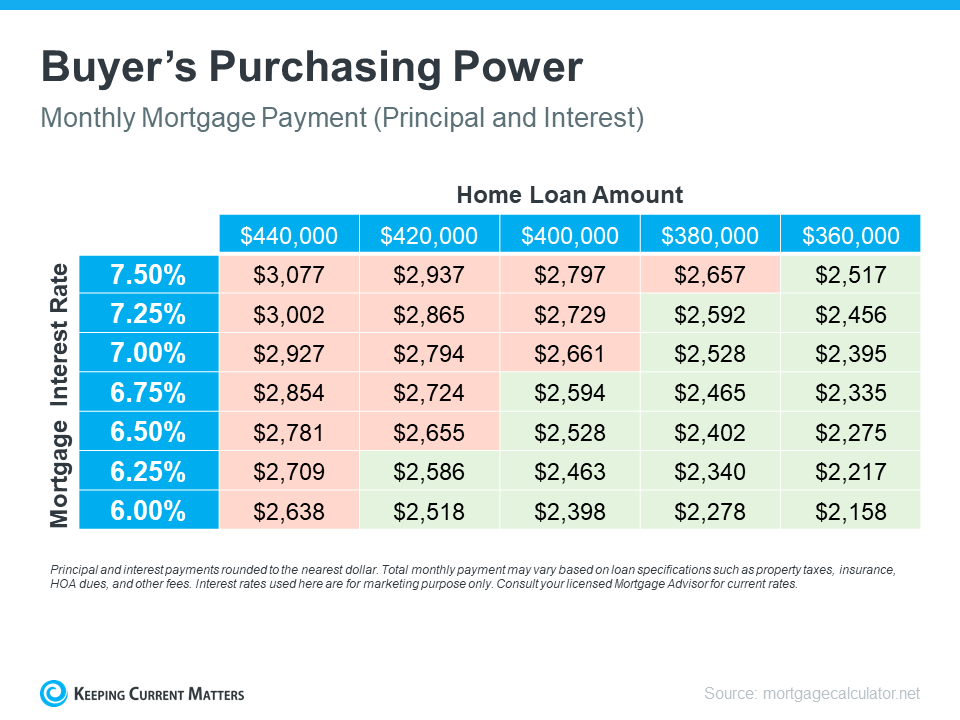Owning an older home can be a really amazing experience. Not only do you get to actually live in a slice of history, but you’re also there to make decisions about this building that will stay with its potential for generations to come (no pressure). But it’s not all pink toilets and clawfoot tubs; a lot of the most important calls in older homes are about energy efficiency.
Deep energy retrofits are becoming increasingly common for older homes, helping to turn these structures that can be absolute energy vampires into far more efficient versions of themselves. This is well beyond a little weather stripping and can make a big difference to longer-term performance.
Deep Energy Retrofit Versus Weatherproofing
Weatherproofing is vital for homes of all ages, just to make sure that your home is sealed as best it can be, and that the equipment you have is performing at its best. But weatherproofing usually involves sealing cracks, caulking trim, and making sure everything fits snugly together. Deep energy retrofits can go well beyond that, depending on your home, your goals, and what your experts have to say about it.
In a deep energy retrofit, sealing the holes is important, but so is upgrading materials that are fundamental for the energy efficiency of an older home, using materials that make it more on par with newer ones. For example, as part of a deep energy retrofit, you might replace all your windows with triple-pane insulated glass unit windows, and insulate the underside of your roof to help prevent heat penetration into your attic.
You might also upgrade or completely change your HVAC system, for example, going from a boiler to a ductless mini-split system or improving airflow by adding new air intakes throughout your home. The combinations are endless and largely depend on your local climate and your home’s needs.
Problems to Watch for With Deep Energy Retrofits
Although deep energy retrofits can save you a lot of money in the long term, there are some issues with doing the wrong kinds of upgrades to your home. Some houses, for example, use a type of exterior wall structure that isn’t very compatible with spray foam. They actually need the air gap between the walls to help moisture evaporate away from your house.
Other homes might have never been intended to be sealed so tight, so older fixtures like gas stoves and furnaces may require additional ventilation to prevent the build-up of harmful carbon monoxide gasses. Most older homes constantly exchange air with the outside world, which is why they may require significant modification to achieve a safe deep energy retrofit.
Because deep energy retrofits often require a rethinking of how the building envelope functions, they can be very time-consuming and costly to complete. This isn’t a reason to not pursue one, but it is something to keep in mind while you’re planning out your upgrades. After all, it’s hard enough to live with a kitchen in chaos, let alone an entire house turned upside down. A “one section at a time” approach can work well.
Looking for a Deep Energy Expert?
Although most of the work involved in a deep energy retrofit can be easily completed by a brave general contractor or handyman, it’s important to get the right person for the job when it comes to these projects. Not only will your home’s individual needs be taken into consideration, but you’ll also be certain that other, less obvious things (like carbon monoxide buildup) are caught before they become an issue.
Let the Rural KC Team know if you are interested in buying or selling a rural property. It's all we do! 913-837-0760 or 913-837-0411.
.png)
.png)

.png)
.png)